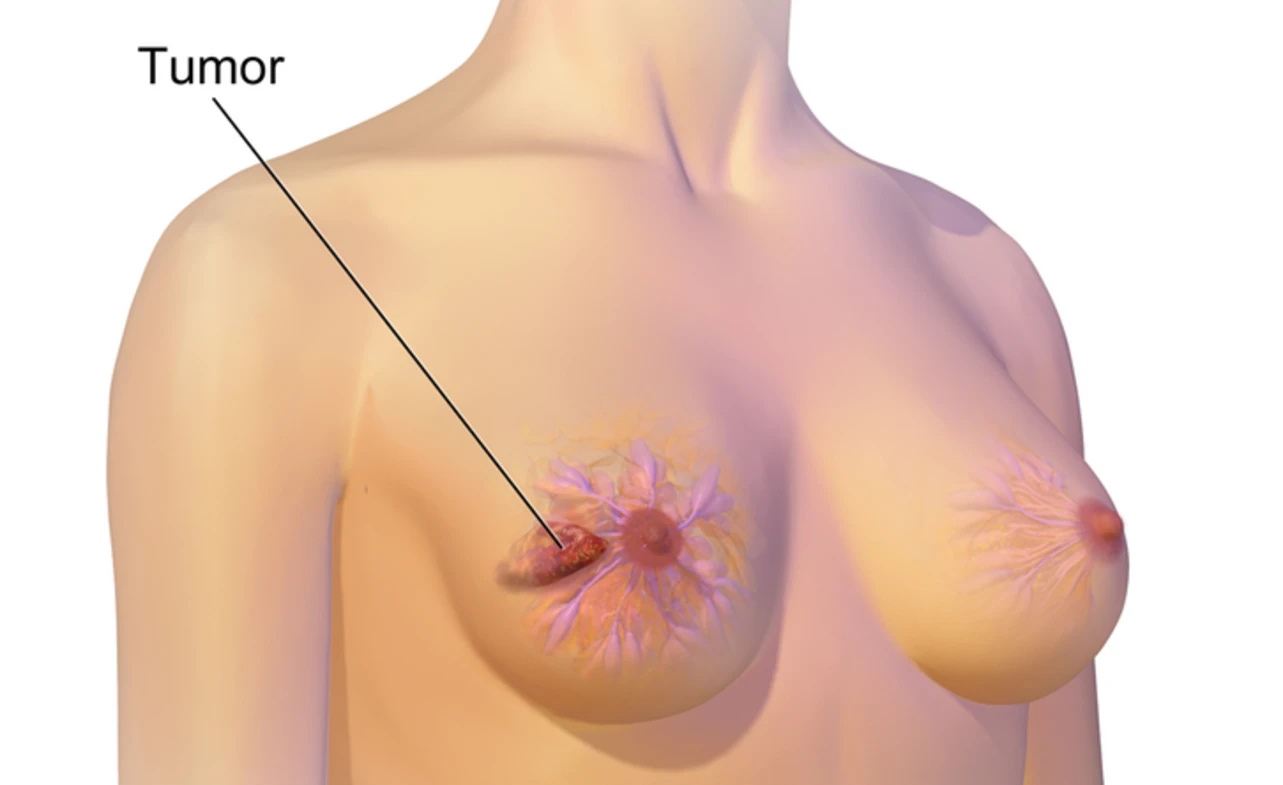Understanding the ICD-10 Code for Left Breast Cancer

When it comes to medical coding, precision is key. Whether you’re a healthcare professional, a medical coder, or someone navigating the complexities of a breast cancer diagnosis, understanding the correct ICD-10 code is crucial. In this article, we’ll dive deep into the ICD-10 code for left breast cancer, explaining its importance, how it’s used, and why it matters in the healthcare system. By the end, you’ll have a clear understanding of this specific code and its role in diagnosing and treating left breast cancer.
Breast cancer is one of the most common cancers affecting women worldwide, and accurate coding is essential for effective treatment, insurance claims, and statistical tracking. The ICD-10 coding system, used globally, ensures uniformity and clarity in medical documentation. For left breast cancer, the specific ICD-10 code is C50.512. But what does this code mean, and how is it applied? Let’s break it down.
What Is the ICD-10 Code for Left Breast Cancer?
The ICD-10 code for malignant neoplasm of the lower-inner quadrant of the left breast is C50.512. This code falls under the broader category of malignant neoplasms of the breast (C50). The ICD-10 system is designed to provide detailed information about the location and type of cancer, which is vital for accurate diagnosis and treatment planning.
Here’s a quick breakdown of the code:
- C50: Malignant neoplasm of the breast.
- .5: Lower-inner quadrant of the breast.
- 1: Left breast.
- 2: Malignant behavior (cancerous).
This level of specificity ensures that healthcare providers can accurately document and communicate the exact nature of the cancer.
Why Is the ICD-10 Code Important?
The ICD-10 code for left breast cancer serves several critical purposes:
- Accurate Diagnosis and Treatment: The code helps healthcare providers identify the exact location and type of cancer, enabling tailored treatment plans.
- Insurance Billing: Insurance companies require precise codes to process claims efficiently.
- Statistical Tracking: Public health organizations use these codes to track cancer rates and trends, which informs research and policy decisions.
Without the correct ICD-10 code, there could be delays in treatment, denied insurance claims, or inaccurate data collection. It’s not just a number—it’s a vital tool in the fight against breast cancer.
How Is the ICD-10 Code for Left Breast Cancer Used?
The ICD-10 code C50.512 is used in various healthcare settings, including hospitals, clinics, and insurance companies. Here’s how it’s applied:
- Medical Documentation: When a patient is diagnosed with left breast cancer, the healthcare provider records the ICD-10 code in their medical records.
- Insurance Claims: The code is included in insurance claims to justify the need for treatment.
- Research and Statistics: Public health organizations use the code to compile data on breast cancer cases, helping to identify trends and allocate resources.
Common Questions About the ICD-10 Code for Left Breast Cancer
1. What’s the Difference Between C50.512 and Other Breast Cancer Codes?
The ICD-10 system includes multiple codes for breast cancer, depending on the location and behavior of the tumor. For example:
- C50.511: Malignant neoplasm of the lower-inner quadrant of the right breast.
- C50.519: Malignant neoplasm of the lower-inner quadrant of an unspecified breast.
The key difference lies in the specificity of the location (left, right, or unspecified) and the quadrant of the breast affected.
2. Can the ICD-10 Code Change Over Time?
Yes, the ICD-10 code may change if the cancer spreads or if additional details about the tumor are discovered. For example, if the cancer metastasizes to another part of the body, a secondary code would be added to reflect this.
3. How Do I Find the Correct ICD-10 Code?
Healthcare providers and medical coders use the ICD-10-CM (Clinical Modification) manual to find the appropriate code. It’s essential to stay updated with the latest revisions to ensure accuracy.
ICD-10 Codes for Different Types of Breast Cancer
To give you a broader perspective, here’s a table of common ICD-10 codes related to breast cancer:
| ICD-10 Code | Description |
|---|---|
| C50.011 | Malignant neoplasm of nipple and areola, right breast |
| C50.111 | Malignant neoplasm of central portion, right breast |
| C50.512 | Malignant neoplasm of lower-inner quadrant, left breast |
| C50.919 | Malignant neoplasm of unspecified part of breast, unspecified side |
This table highlights the importance of specificity in medical coding. Each code provides detailed information about the cancer’s location and behavior.
The Role of ICD-10 Codes in Breast Cancer Treatment
Accurate coding isn’t just about paperwork—it directly impacts patient care. Here’s how:
- Personalized Treatment Plans: The ICD-10 code helps oncologists determine the best course of action based on the cancer’s location and stage.
- Clinical Trials: Researchers use these codes to identify eligible participants for clinical trials.
- Resource Allocation: Hospitals and governments use coding data to allocate resources for cancer treatment and prevention programs.
Tips for Healthcare Providers and Coders
If you’re a healthcare provider or medical coder, here are some tips to ensure accurate use of the ICD-10 code for left breast cancer:
- Stay Updated: The ICD-10 manual is periodically revised. Make sure you’re using the latest version.
- Double-Check Codes: Always verify the code with the patient’s medical records to avoid errors.
- Communicate Clearly: Ensure that all healthcare team members understand the coding system to maintain consistency.
Conclusion
Understanding the ICD-10 code for left breast cancer (C50.512) is essential for accurate diagnosis, treatment, and billing. This code provides critical information about the location and behavior of the cancer, ensuring that patients receive the best possible care. Whether you’re a healthcare professional, a medical coder, or someone affected by breast cancer, knowing the importance of this code can make a significant difference.
Read more: